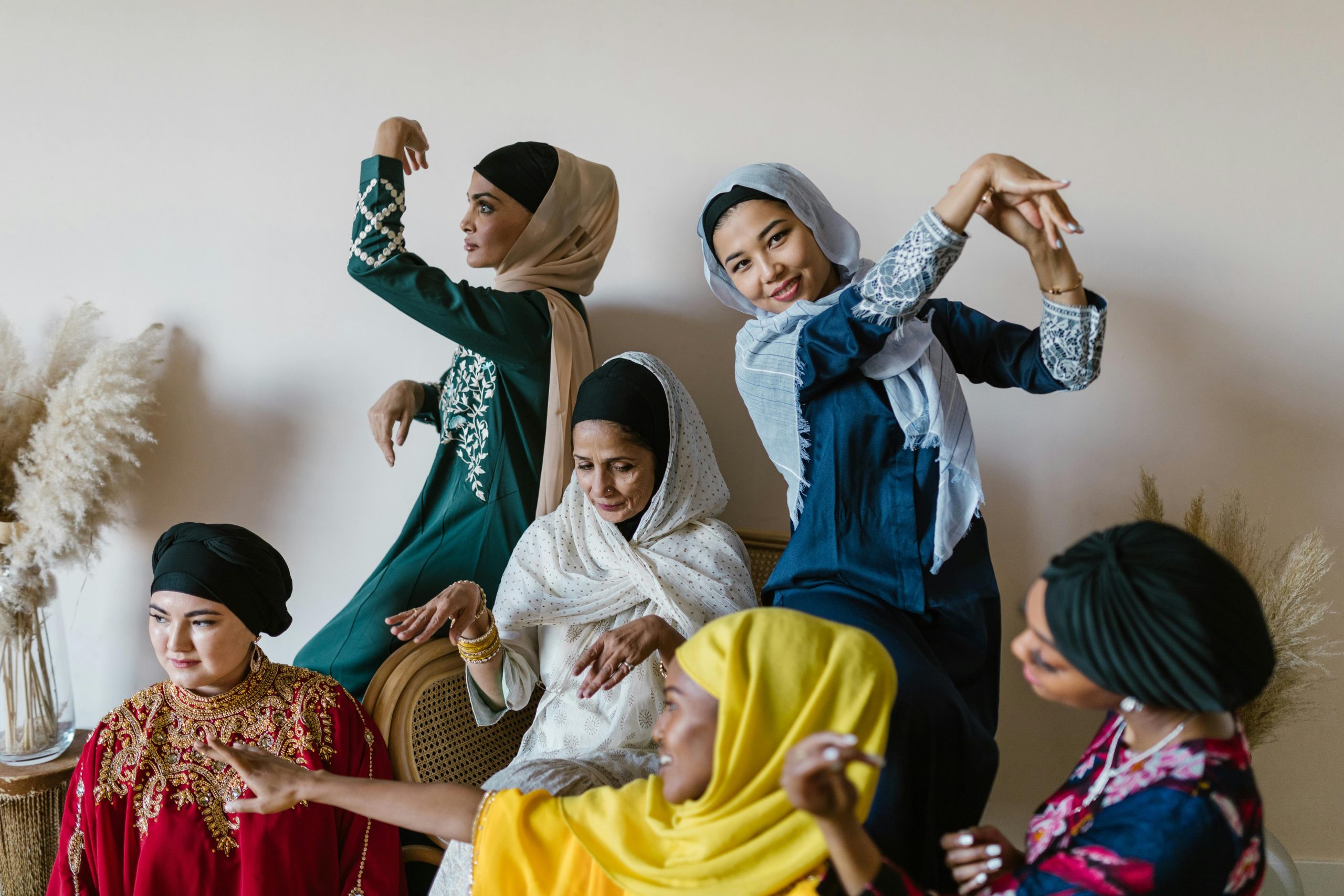Exploring Religious Affiliation Across Ethnic Groups in London: Insights from the 2021 Census
Understanding the religious landscape of a diverse city like London offers valuable insights into its social fabric and cultural dynamics. The most recent data from the 2021 Census sheds light on the religious affiliations of various ethnic communities residing in the capital, revealing intriguing patterns worth exploring.
Summary of Key Findings
While the data presentation might seem straightforward—merely a table illustrating the percentage of individuals within different ethnic groups who identified as having no religion—it provides a clear snapshot of current trends within London’s multicultural population. Notably, the figures confirm some well-understood patterns, while also highlighting areas that merit closer attention.
Religiosity Among Ethnic Groups
One of the most striking observations from the census data is the relatively low proportion of South Asians who identify as non-religious. Despite broader cultural shifts toward secularization observed in many Western societies, South Asian communities in London tend to maintain strong religious affiliations. This resilience underscores the enduring importance of faith within these communities and suggests that religious identity remains a central aspect of cultural expression.
Conversely, when examining mixed-heritage individuals, the data reveals that their levels of religiosity are comparable to those of White British residents. This tendency indicates a closer cultural alignment with the majority community, potentially reflecting assimilation patterns or shared social environments that influence religious identification.
Implications and Reflections
These insights into the religious affiliations across London’s diverse populations highlight the complex interplay between ethnicity, cultural identity, and personal belief. Recognizing these patterns can inform community engagement strategies, policy development, and efforts to foster social cohesion in an increasingly pluralistic city.
While the data may appear mundane at first glance, such demographic analyses are vital for appreciating the nuanced socio-cultural landscape of London. As the city continues to evolve, ongoing research into these aspects will be essential for understanding how identities and beliefs shape—and are shaped by—the broader societal context.
Conclusion
The 2021 Census offers a valuable window into London’s vibrant and multifaceted communities. The persistence of religious ties among South Asian populations and the alignment of mixed-heritage individuals with the majority mirror broader trends of cultural continuity and integration. Appreciating these patterns can help foster a more inclusive and understanding urban environment, reflective of London’s rich diversity.
Author’s Note: For those interested in the detailed statistics, a comprehensive table accompanies this analysis, providing the exact percentages of religious and non-religious affiliations across various ethnic groups

